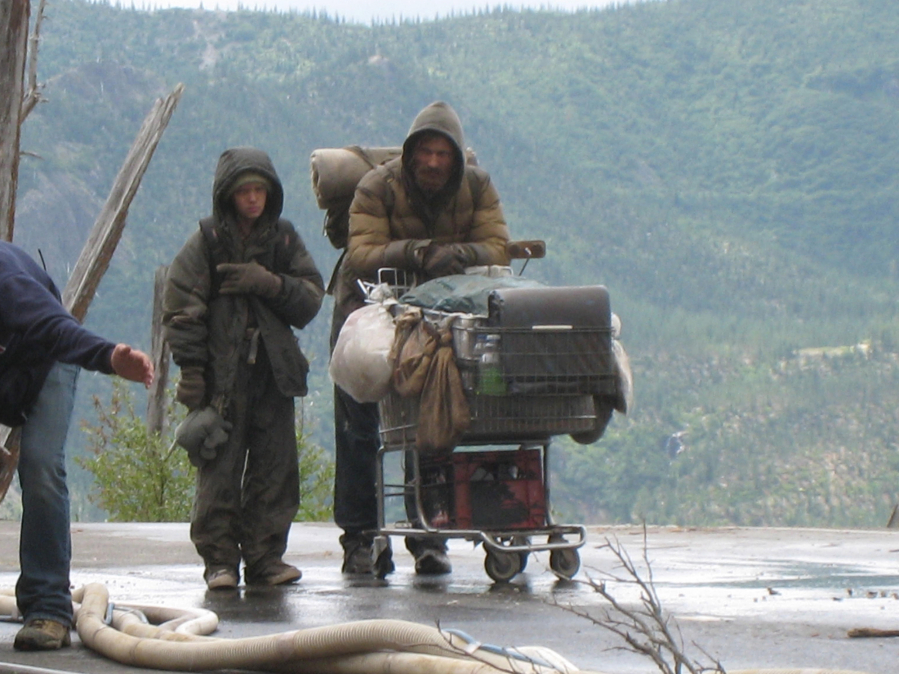‘The Road” to ruin went through Mount St. Helens.
That was one legacy of the eruption that devastated areas around the volcano on May 18, 1980.
Our story Thursday on the 37th anniversary of the blast focused on research taking place on the peak. Some scientists are investigating the geological processes; others are documenting how life returns to a sterile wasteland.
But the last 37 years of Mount St. Helens history includes people who really had their hearts set on that sterile wasteland. They were filming “The Road.”
It’s the saga of a man, played by Viggo Mortensen, and his son trekking through an America devastated by an unspecified apocalypse. Several scenes were shot in the Mount St. Helens National Volcanic Monument on July 25, 26 and 27, 2008.
When the film was released in 2009, The Columbian talked with Rod Ludvigsen, who was the volcanic monument’s special-use permit administrator before he retired.
The filmmakers “liked the devastated area, with the standing dead trees and the trees blown down, and the limited vegetation,” Ludvigsen said.
“That was the year we had half the road slumped away on the Windy Ridge highway, and there were several large fissures in the road at different locations, so we had that road closed to general-public vehicle traffic,” Ludvigsen said.
“That made it good for filming, since we had limited problems with directing traffic. The producer really liked that washed-out area,” Ludvigsen said.
The film crew made Windy Ridge Road No. 99 look even worse.
Add more devastation
“We allowed them to roll rocks on the road and spread gravel, and pull logs on the road to look more devastated.”
The producers paid about $4,000 to film there.
Not all requests get approved, Peter Frenzen, monument scientist, said in 2009. He cited a couple of proposed TV commercials — one for a pickup truck, the other for a pizza chain — that were denied.
The focus is on the general public when forest officials consider a filming request, Frenzen said.
“Imagine you drive from Ohio, you have one day at Mount St. Helens, and that’s the day a commercial was filming,” said Frenzen, one of the scientists featured in Thursday’s Columbian story.
“For ‘The Road,’ they were going into an area already closed and inaccessible. As it turned out, they really liked that.”
Off Beat lets members of The Columbian news team step back from our newspaper beats to write the story behind the story, fill in the story or just tell a story.




